Many toddlers and preschoolers are capable of understanding that the moon goes round (orbits) the earth and the earth orbits the sun. And primary school children will enjoy the activity too and be able to use the completed model to understand some interesting facts.
A hands-on craft activity to build a sun, earth, moon model helps kids to really understand the relationship between the planet we live on, its moon and the sun. You can put the model up on the wall afterwards as a reminder of the sun - earth - moon system.
Kids who learn science in a fun practical way are more likely to remember it.
Some of the activities here are best done over the course of a lunar month as our view of the moon changes, so remember to bookmark this page so you can find it again.


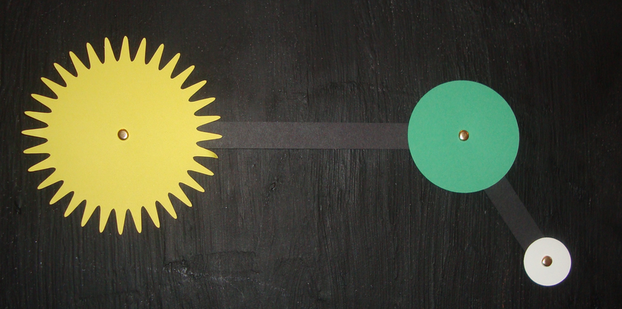
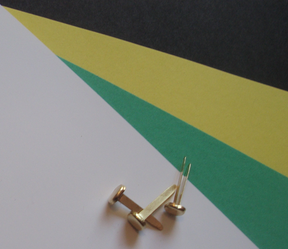 For this project you'll need cardstock in four different colors, ideally:
For this project you'll need cardstock in four different colors, ideally: 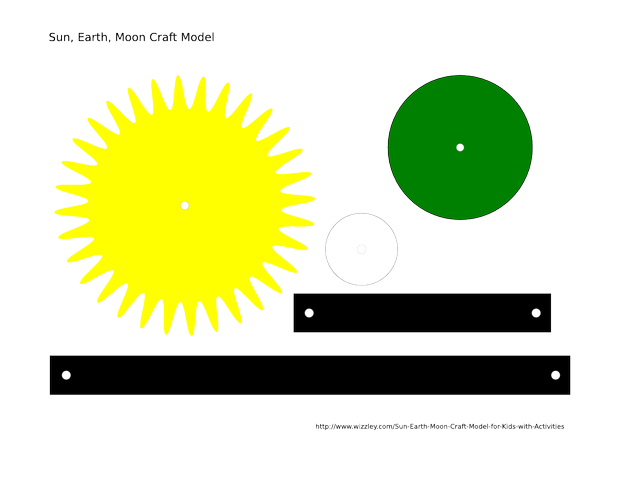

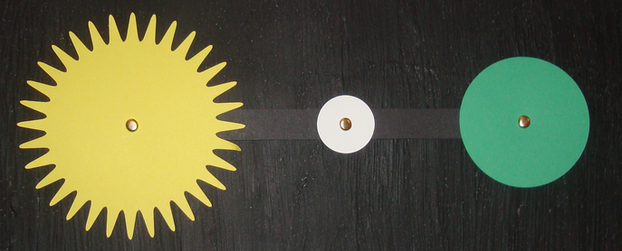
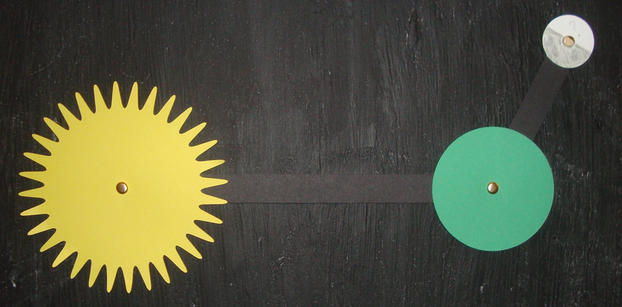
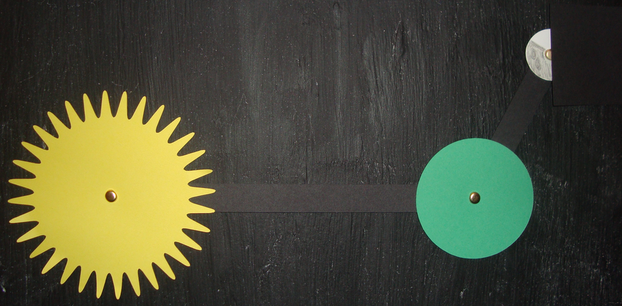



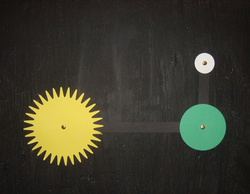

 Avengers Iron Man Costume for Kidson 05/24/2012
Avengers Iron Man Costume for Kidson 05/24/2012
 Avengers Captain America Costume for Kidson 05/25/2012
Avengers Captain America Costume for Kidson 05/25/2012
 Avengers Thor Costume for Kidson 05/25/2012
Avengers Thor Costume for Kidson 05/25/2012
 Avengers Hulk Costume for Kidson 05/25/2012
Avengers Hulk Costume for Kidson 05/25/2012
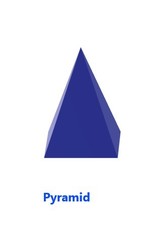
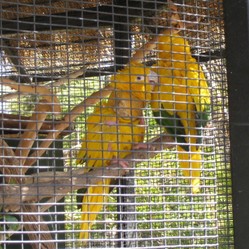
I hope you enjoyed the Sun, Earth Moon Model Craft and Activities
I'm going to pass this onto my mother, who runs a playgroup.
I can't stop staring at the sun. I don't know if it's my screen but it seems to be actually glowing! LOL